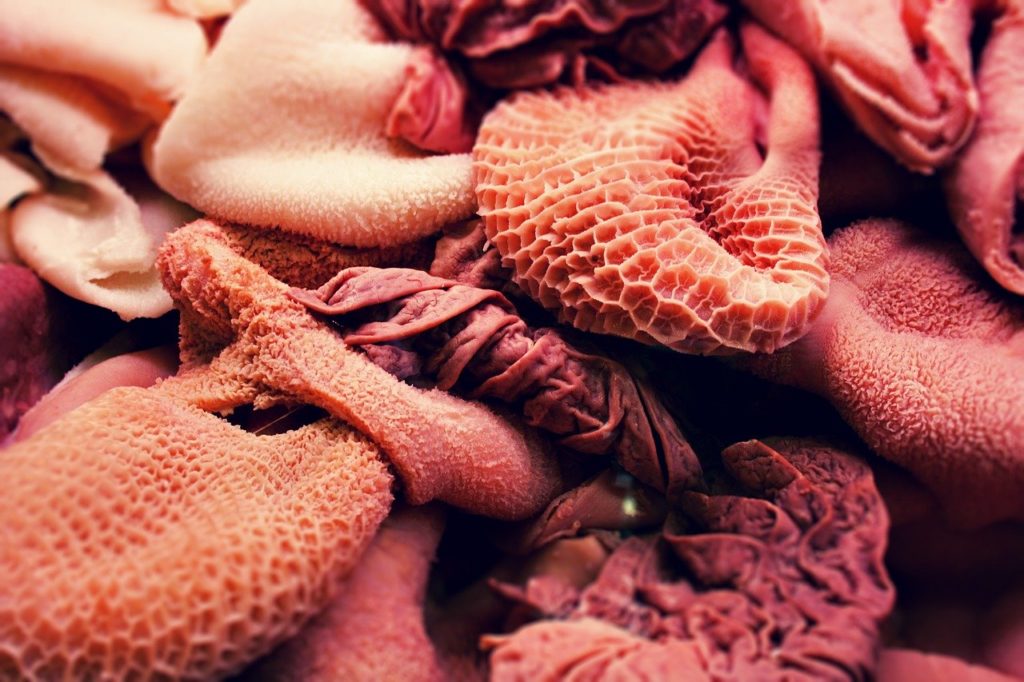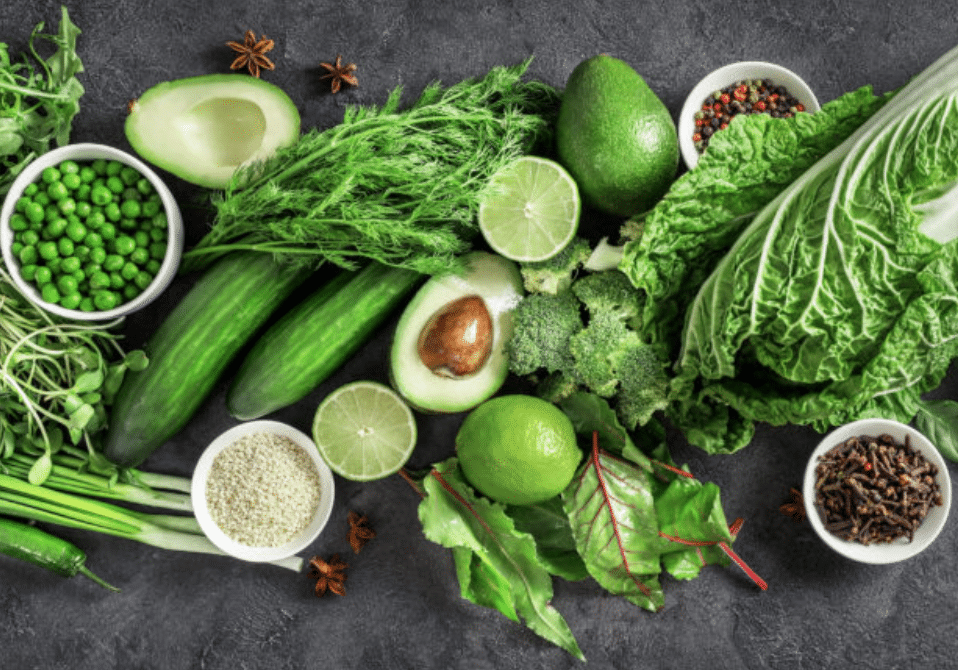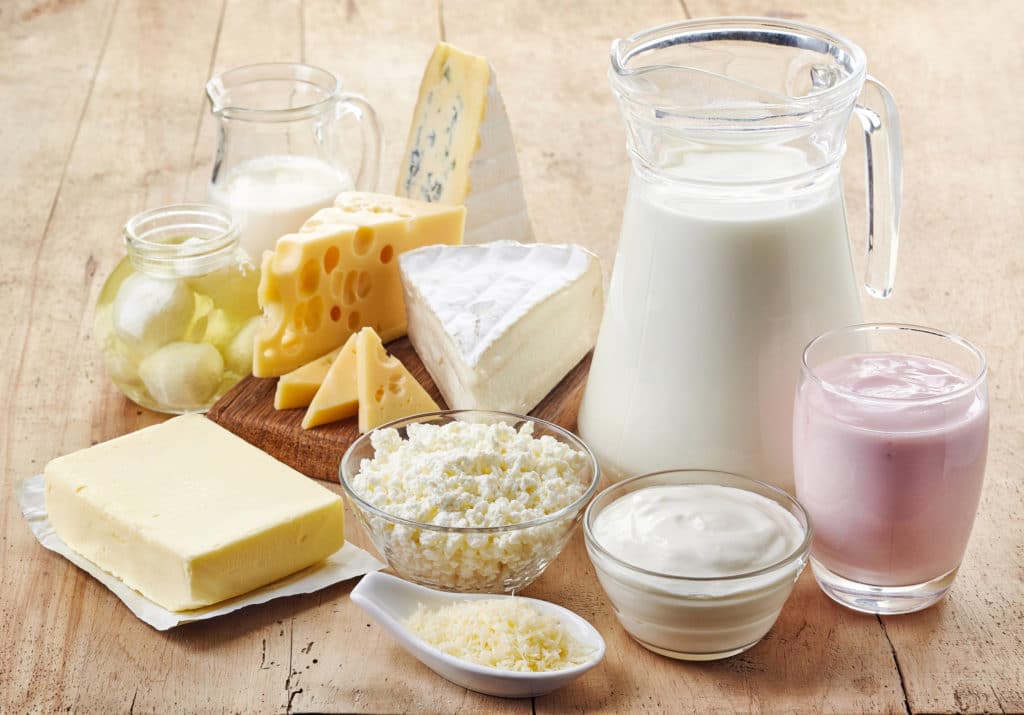
What should I eat? If there was one challenge that most plagues modern man (and woman) it’s perhaps the difficulty of navigating the never ending maze of conflicting advice around our food choices. Let me simplify things:
In order to be healthy, you want the food you eat to: (a) nourish you and give you energy, and (b) not make you sick, weak, or inflamed.
From this lens, a study published recently in the journal Frontiers in Nutrition is enormously helpful. The study identified the top nutrient-dense foods to reduce micronutrient malnutrition and support optimal health.
According to this research, our diets are most often deficient in these key micronutrients:
- Iron
- Zinc
- Folate
- Vitamin A
- Calcium
- Vitamin B12
The study identified specific foods that are richest in our most needed micronutrients, including:
- Organs
- Small fish
- Dark green leafy vegetables
- Bivalves
- Crustaceans
- Goat and goat milk
- Beef
- Eggs
- Milk
- Canned fish with bones
- Mutton
- Lamb
Not coincidentally, this list of high-nutrient-dense foods is very similar to the food protocol from my book, The Bulletproof Diet. But it’s not an exact match, and there’s a good reason for that.
Remember, the right foods need to be nutrient rich without simultaneously bogging you down.
Organs
Organ meat (livers, hearts, brains, and intestines) from cows, pigs, lambs, goats, chickens, and ducks is coming back in vogue for good reason: organs have herculean levels of micronutrients. For example, a rib eye has about 3 micrograms of B12, but the beef liver has 59.3 micrograms.
As Dr. Paul Saladino, author of The Carnivore Code: Unlocking the Secrets to Optimal Health by Returning to our Ancestral Diet, shared an incredible resource on my blog for anyone wanting to integrate organ meat into their diet. You can check it out here: https://daveasprey.com/how-to-eat-organ-meats/
But before you go all-in, a word of caution. Organ meats are particularly high in purines, which can increase your uric acid levels and can cause kidney stones or gout. About four servings a week is an ideal approach to balance the benefits with the risk. If you minimize your consumption of fructose and alcohol, which are also high in purines, you may be able to tolerate more organ meats.
Small Fish
Wild-caught seafood is packed with healthy fats and micronutrients. The trouble is, the bigger the fish, the more mercury it is likely to contain. Mercury is a powerful neurotoxin that can build up in the brain and eventually lead to neurological symptoms such as vision loss and impaired speech. While nearly all seafood will contain some levels of mercury, these ones are the lowest:
- Anchovies
- Haddock
- Sockeye salmon
- Petrale sole
- Wild tilapia
- Sardines
- Wild trout
Supplement with chlorella before consuming fish to reduce the heavy metal load.
Dark green leafy vegetables
I list over a dozen high-nutrient vegetables in The Bulletproof Diet, many of which can be categorized as dark green and leafy. These foods are typically packed with not only calcium, iron and folate, but tons of fiber and polyphenols, too. Some of my favorite leafy greens are fresh, organic arugula, escarole and mache.
A word of warning: some healthful veggies–including spinach and kale, are also high in anti-nutrients such as oxalates, which bind with calcium ions in your blood, forming tiny crystals that can contribute to muscle weakness, pain, and possibly brain problems.
These oxalates also bind to the precious minerals that you get from your diet, preventing them from being absorbed in your digestive system. So, what’s the solution? Don’t over-do it on the kale. If you’re dead-set on eating kale and spinach, cooking these vegetables significantly reduces oxalates. You can also take calcium and magnesium with these veggies as these minerals may bind to the oxalic acid so you absorb less of it.
Bivalves
Edible bivalves, such as clams, oysters, mussels and scallops are nutritional powerhouses packed with protein, minerals (especially zinc and B12), and healthy fats. But they can be really high in histamines if they’re not super fresh. Of course, these mollusks don’t come with ‘best by’ dates so you’ll have to use your own judgment. Fresh seafood should have a fresh seawater fragrance and a briny, saltwater taste. Buy them fresh instead of canned, and cook them the day of purchase to minimize histamine formation
Beef and Lamb
Protein is found in virtually every part of the body. It performs many vital functions like building and giving structure to your tissues, organs, and muscles. When you’re following my Bulletproof Diet, roughly 20 percent of your daily calories should come from protein, but the type of protein that you eat is what really matters.
Organic, grass-fed meat is hands-down one of the best sources of protein there is. Make sure you choose beef or lamb that’s been grass-fed and grass-finished, meaning the animal only ate grass.
Grass-fed meat provides you with more nutrients and less toxins than conventional meat. It’s also jam-packed with brain-boosting omega-3 fatty acids, CLA (a type of fat that helps you burn fat), trace minerals, and vitamins.
One study found that grass-fed beef had more omega-3s and more conjugated linoleic acid (CLA) than grain-fed cattle. And that included grain-finished beef — grass-fed cows that ate grains 80 days before slaughter. The longer the cows ate grains, the lower the quality of their meat.
The Frontiers in Nutrition also mentions mutton, pork and goat, which are also good sources of protein when these are pasture-raised and free of toxins that can come from being fed a steady diet of moldy grains.
Crustaceans
Eating more shrimp, crayfish, crab, and lobster will bring more iron, zinc, magnesium, and vitamin B12 into your diet, but it can also bring you a lot of toxicity if you’re not careful with what you choose. Always make sure the seafood you eat is wild caught. Farmed seafood is high in pesticides, toxins, heavy metals, parasites, pathogens, and environmental contaminants.
Eggs
Most of the nutrients in eggs can be found in the yolks, so don’t choose an egg-white omelet thinking it’s the healthier choice. Go for pastured eggs — a 2007 study found that grain-fed eggs have lower levels of vitamin A, vitamin E, and omega-3s.
An increasing number of people are allergic to eggs but don’t know they have an allergy. A mild allergy may cause digestive upset, bloating, cramping, and in some cases, nasal congestion or hives. Pay attention to how eggs make you feel and cut them from your diet if you notice these symptoms.
What’s not making the cut
Milk (and dairy products from cows)
Milk, cheese, and yogurt were all included in the study and made the list of the most nutrient-dense foods. But, unless these dairy products are raw and organic, you’re not going to find them on my list of must-eat foods. The most common industrial dairy products are outright Kryptonite for most people.
Pasteurized milk competes with gluten as the most allergic substance in the Western diet, and it’s associated with a host of autoimmune conditions, osteoporosis, arthritis, heart disease, cancer, and autism. Additionally, pasteurization and homogenization destroy many of the nutrients, so these don’t end up in your body anyway. Best to avoid dairy altogether.
Organic grass-fed butter and ghee from cows are great choices as they have very little of the allergic casein found in cow milk and cheese. Goat and sheep milk are also great sources of protein, MCT’s, and calcium, and do not have the allergic issues associated with cow milk.
Dairy can be nourishing, but you just have to choose the right type. Most cow milk contains A1 casein, which is a protein that can cause inflammation in the gut. Goat and sheep milk contain a different type of casein- A2 that is much less problematic. Full-fat raw dairy is high in bioavailable vitamin A, K2, protein, and healthy fats.
I love the way the research published in the Frontiers in Nutrition journal provides a clear outline for helping us choose the most nutrient-dense foods.
To take these recommendations a little further, I suggest checking out my Bulletproof Diet Roadmap, which can be downloaded here as my gift to you.















